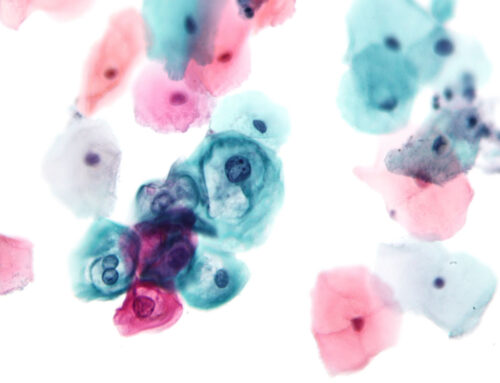Chromogranin A, a biomarker for prostate cancer
Prostate cancer is the second most prevalent cancer, after lung cancer, in men. It commonly presents in patients with a strong family history.
Prostate cancer treatment
Standard therapeutic approaches (depending on the status of the disease) for prostate cancer include:
- Watchful waiting
- Chemotherapy, radiotherapy and surgery
- Hormonal therapy, androgen deprivation therapy (ADT) /chemical castration
Biomarkers used in diagnosing prostate cancer
The first symptoms of prostate cancer often occur during the progression of prostate cancer when treatment it less effective. Therefore, the early detection of prostate cancer in asymptomatic men is the key to reducing mortality.
Prostate specific antigen (PSA) is one of the key biomarkers used to diagnose prostate cancer as prostate cancer often elevates PSA levels.
Neuroendocrine prostate cancer (NEPC) is a highly aggressive subtype of prostate cancer. Recent studies also highlight the rising incidence of NEPC in patients with advanced prostate cancer, partly because of the development of resistance to androgen receptor (AR) pathway inhibitors and the increasing use of ADT therapy. The prognosis of NEPC is poor, because most cases are diagnosed at metastatic stage.
NEPC cells don’t secrete or only secrete low amounts of PSA. However, NEPC cells produces chromogranin A (CgA) and secretes it directly into the blood. This leads to an increase of CgA levels in blood. For patients with NEPC or patients with a low PSA level, the measurement of CgA could therefore indicate NEPC earlier than PSA alone.
The use of Chromogranin A as a biomarker in prostate cancer
Chromogranin A (CgA) is widely used as a biomarker for the assessment on neuroendocrine cancer. High serum CgA levels are associated with advanced stage disease and poor prognosis.
- CgA is useful for the earlier detection of neuroendocrine differentiation of prostate cancer. NEPC cells only produce low amounts of PSA. Nevertheless, NEPC cells release CgA, leading to an increase of CgA levels in blood, which could therefore indicate NEPC earlier than PSA alone.
- CgA can assist in the earlier identification of emerging resistance to hormonal therapy because of simple detection in the blood. NEPC cells grow independently from androgen cells.
- CgA assists with better therapy decisions. Therapy needs to be changed in patients with ADT resistant prostate cancer to either advanced hormonal treatments or chemo-therapy as standard androgen deprivation therapies (ADTs) are no longer effective. CgA values are associated with therapy response and thus help in therapy decisions.
- CgA values are associated with tumour staging and clinical outcome, thus monitoring of prostate cancer. Elevated CgA indicates development of metastasis and risk for aggressive prostate cancer. For monitoring of NEPC, PSA is of limited use as it is usually not expressed by neuroendocrine cells. In contrast, they do express CgA which correlates with tumour stage and progression of disease providing important additional information to urologists and oncologists.






